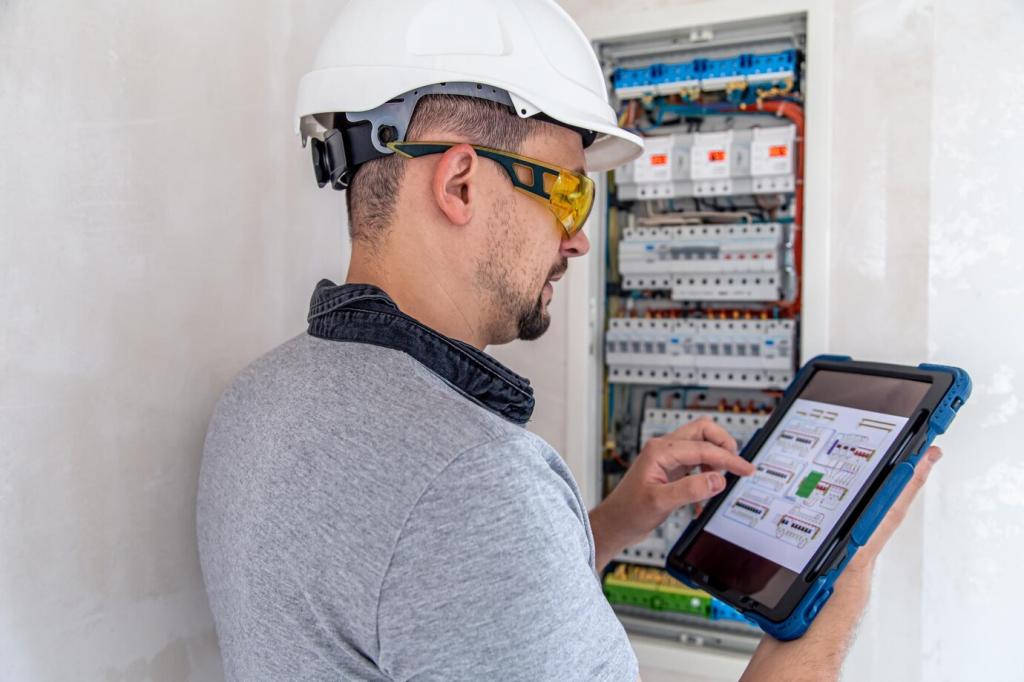Human‑Centered ADAS: HMI, Trust, and Driver Monitoring
Augmented reality highlights relevant lanes, vehicles, and navigation cues without clutter. Interface intensity adapts to workload, dimming in calm cruising and clarifying during merges. Would context-aware guidance reduce your fatigue on long commutes?
Human‑Centered ADAS: HMI, Trust, and Driver Monitoring
Camera-based gaze and drowsiness estimation support safe handovers, while cabin radar can detect left-behind passengers. Clear privacy controls and on-device processing earn trust. Share your stance on opt-in analytics and what transparency you expect.









